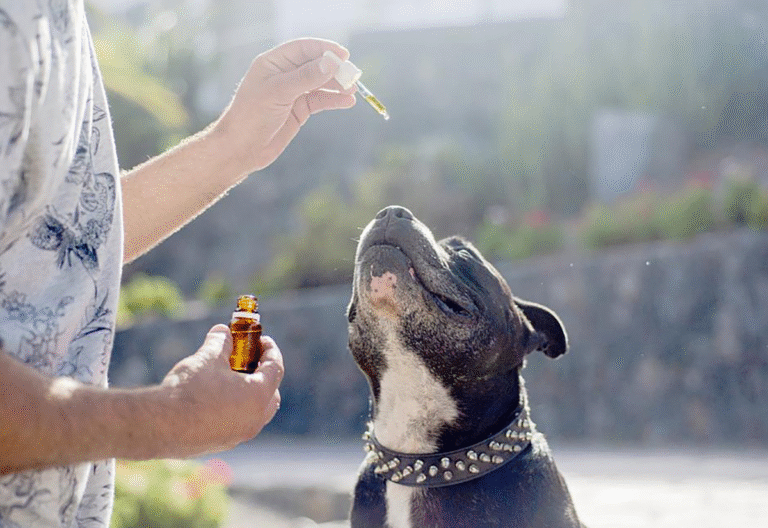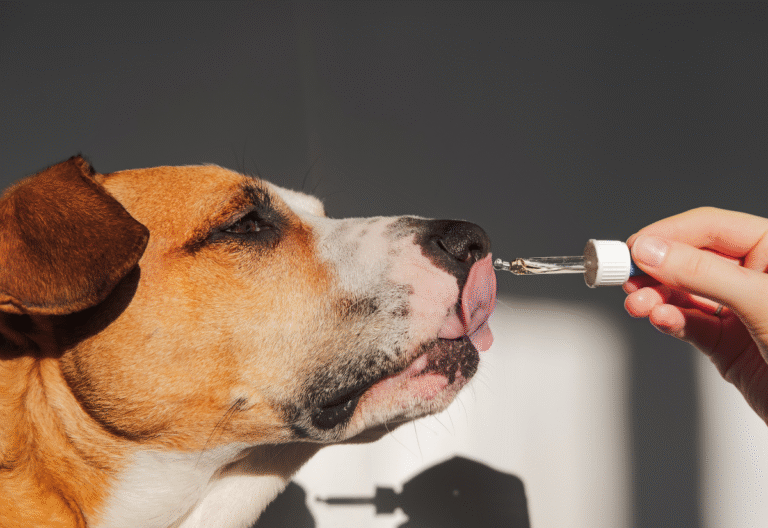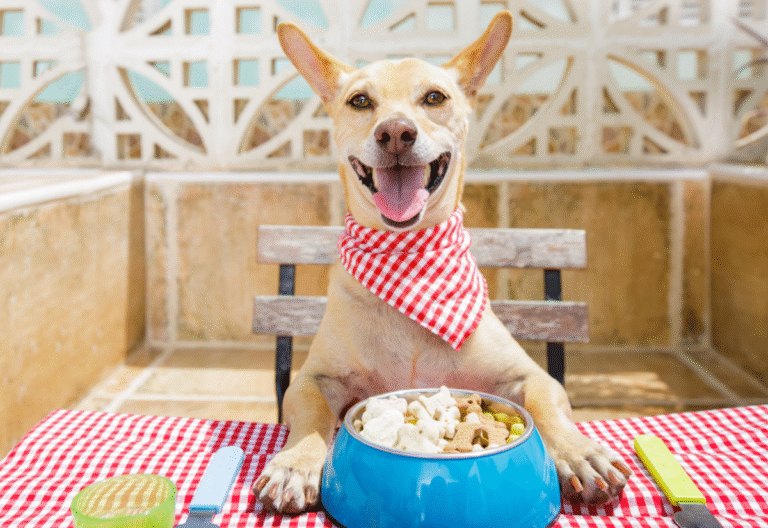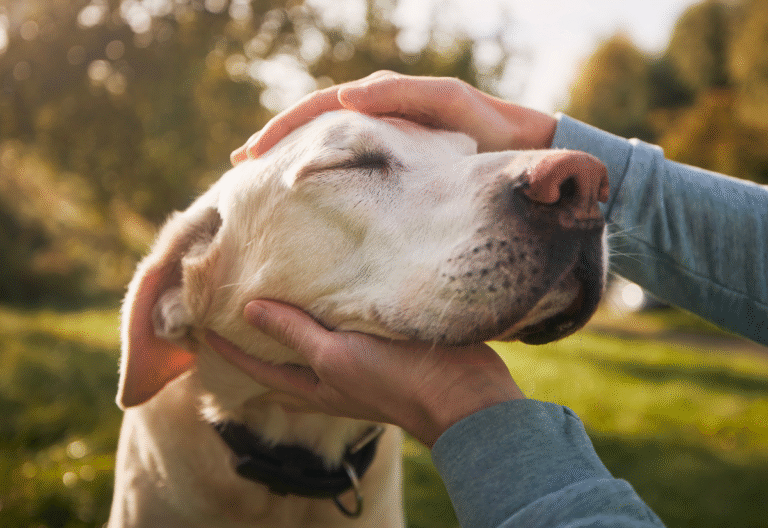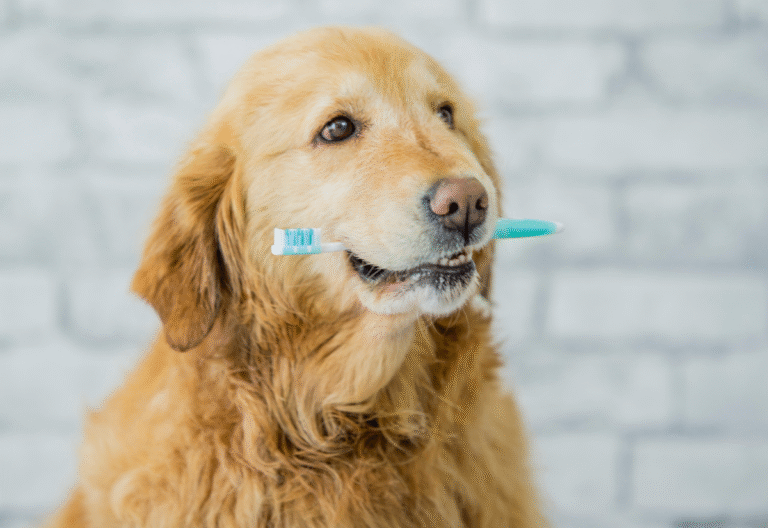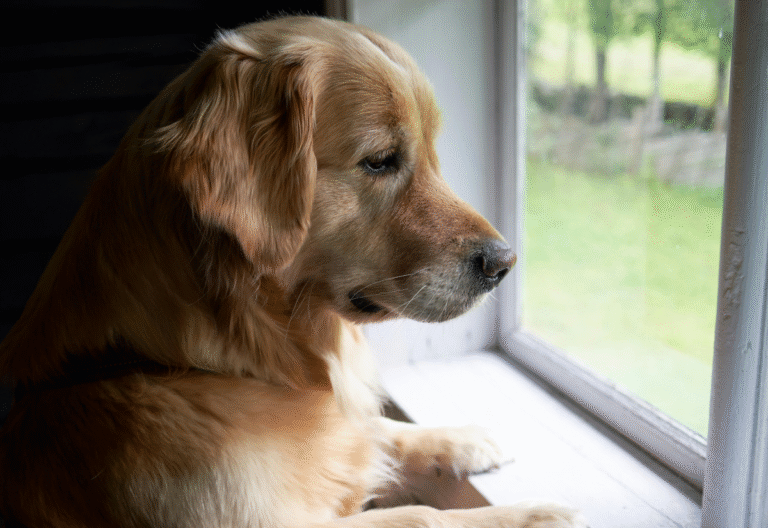Adapting Your Home for a Blind or Deaf Senior Dog
As our furry companions enter their golden years, many pet parents face the challenge of caring for dogs experiencing vision or hearing loss. Adapting your home for a blind or deaf senior dog becomes essential for maintaining their quality of life and independence. Although this transition can feel daunting initially, implementing thoughtful modifications creates a secure environment where your beloved companion can continue thriving with confidence and comfort.

Understanding the Unique Needs of Blind and Deaf Senior Dogs
Senior dogs experiencing sensory loss compensate remarkably well by heightening their remaining senses. Furthermore, understanding these adaptations helps you create the most supportive environment possible.
Blind dogs primarily rely on:
- Enhanced sense of smell to identify locations and people
- Muscle memory and spatial awareness for navigation
- Consistent routines and familiar surroundings
- Touch and sound cues for guidance
In contrast, deaf dogs depend on:
- Visual signals and body language
- Vibrations through floors and surfaces
- Scent markers for identification
- Predictable daily patterns
Meanwhile, canines with dual impairments require:
- Extra patience during the adjustment period
- Multiple sensory cues for communication
- Increased physical guidance and reassurance
- Simplified living environments
Essential Safety Modifications for Your Home
Creating a secure environment prevents accidents and builds your dog’s confidence in navigating independently. Additionally, these safety measures provide peace of mind for pet parents.
Hazard Prevention
First and foremost, install baby gates at the top and bottom of staircases. Moreover, block access to pools, balconies, or steep drop-offs to prevent serious injuries. Next, remove or secure loose rugs that could cause slipping incidents. Similarly, pad sharp furniture corners with foam bumpers to protect against accidental collisions. Finally, keep toxic plants and chemicals out of reach, as sensory-impaired dogs may investigate unfamiliar items more thoroughly.
Pathway Optimization
To begin with, maintain consistent furniture placement throughout your home so your dog can develop reliable mental maps. Additionally, create clear walkways by removing unnecessary clutter from high-traffic areas. Furthermore, use different textures (rubber mats, carpet runners) to mark important areas like doorways or food stations. Also, consider installing motion-activated night lights for dogs with partial vision remaining. Lastly, place non-slip rugs near food bowls, beds, and doorways to provide secure footing.
Recommended Products:
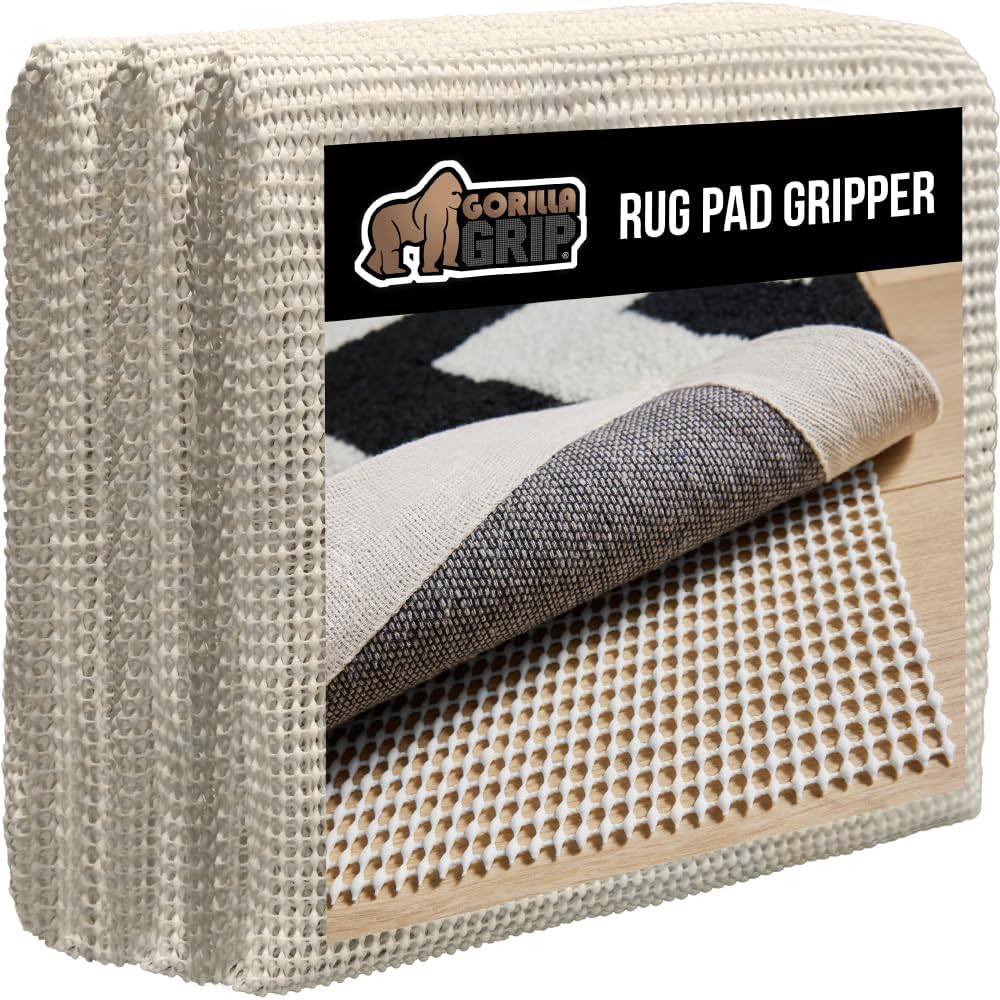
- ScatMat (motion-activated boundary training)
- Non-Slip Rug Pads
- LED Motion Sensor Night Lights
- Foam Edge Bumpers for furniture
Improving Communication with Sensory-Impaired Dogs
Effective communication becomes crucial when traditional methods no longer work. Therefore, adapting your home for a blind or deaf senior dog includes developing new ways to connect and guide your pet.
For Blind Dogs
Initially, use consistent verbal commands with the same tone and volume to avoid confusion. Additionally, apply scent markers (vanilla extract, essential oils) to important locations like food bowls and beds. Furthermore, create sound cues like wind chimes near doors to help with navigation. Most importantly, maintain physical contact when approaching to avoid startling your pet.
For Deaf Dogs
First, develop clear hand signals for basic commands like sit, stay, and come. Moreover, use flashlights or laser pointers for attention-getting in a positive way. Also, stomp gently on floors to create vibrations that signal your presence. In addition, implement visual schedules using pictures or symbols for daily activities.
For Dogs with Both Impairments
Primarily, focus on touch-based communication systems that your dog can easily understand. Subsequently, use specific gentle taps for different messages like mealtime or outdoor breaks. Additionally, create tactile markers around the home using different textures. Finally, establish consistent physical routines for daily activities to reduce anxiety.
Helpful Products:

- Dog Training Collar with Vibration Feature
- Rechargeable LED Flashlight for Hand Signals
- Essential Oil Diffusers for Scent Marking
- Textured Training Mats
Daily Life Enhancements and Routine Optimization
Consistency becomes your dog’s anchor during this adjustment period. Consequently, small changes in daily routines can significantly impact their comfort and security levels.
Feeding Improvements
To start, use elevated food and water bowls to reduce neck strain during meals. Furthermore, place bowls in the same location every meal to build familiarity. In addition, add textured placemats underneath bowls for easy location identification. Moreover, consider puzzle feeders that engage remaining senses like smell and touch.
Exercise and Mobility
First, establish regular walking routes to build familiarity with the neighborhood layout. Meanwhile, use a longer leash for exploration while maintaining control and safety. Also, create indoor exercise spaces during bad weather to maintain activity levels. Additionally, provide ramps instead of stairs when possible to reduce joint stress.
Rest and Comfort
Initially, position beds in quiet, consistent locations away from high-traffic areas. Next, use orthopedic bedding for joint support, which becomes increasingly important with age. Furthermore, maintain comfortable room temperatures as senior dogs regulate heat less efficiently. Lastly, provide multiple resting spots throughout the house for convenience.
Product Recommendations:
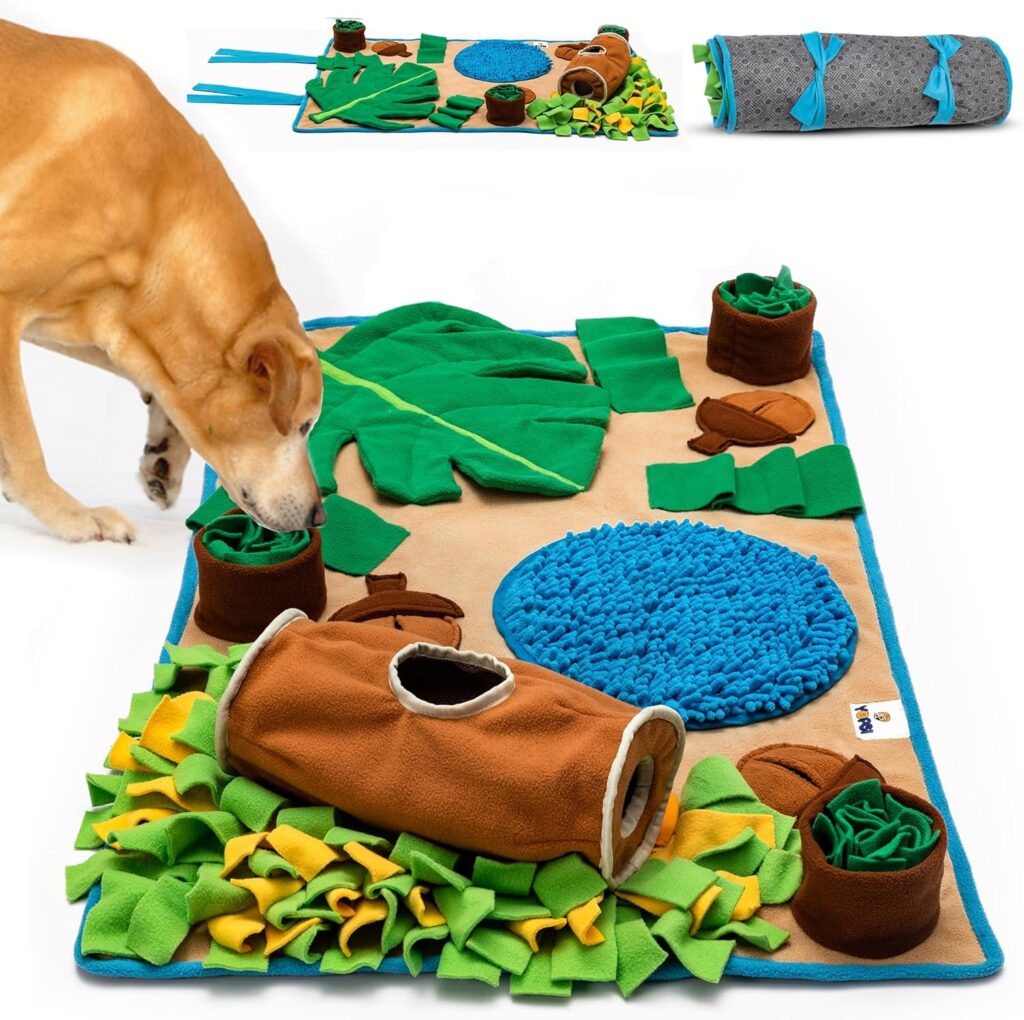
- Elevated Dog Bowl Stand with Non-Slip Base
- Memory Foam Orthopedic Dog Bed
- Telescoping Dog Ramp for Cars/Furniture
- Interactive Snuffle Mat for Mental Stimulation
Supporting Emotional Well-Being and Mental Health
The third key aspect of adapting your home for a blind or deaf senior dog involves addressing their emotional needs during this challenging transition. Indeed, mental health support becomes just as important as physical accommodations.
Building Confidence
First and foremost, celebrate small achievements with praise and treats to boost morale. Additionally, introduce changes gradually to prevent overwhelming your dog with too many adjustments at once. Similarly, maintain familiar scents through unwashed bedding or clothing items that smell like family members. Most importantly, provide plenty of positive reinforcement during training sessions to build trust.
Mental Stimulation
Meanwhile, offer puzzle toys that specifically engage smell and touch rather than sight or sound. Furthermore, hide treats around familiar areas for scavenging games that tap into natural instincts. Also, rotate toys regularly to maintain interest and prevent boredom. Moreover, engage in gentle training sessions to keep minds active and provide purpose.
Social Connection
Nevertheless, arrange supervised visits with familiar dogs and people to maintain social bonds. Additionally, continue regular grooming and massage sessions, which provide beneficial physical contact. Furthermore, spend quality time in your dog’s favorite spots to reinforce positive associations. Finally, maintain normal activities when safely possible to preserve their sense of routine.
Recommended Products:

- Classic Dog Toy (fillable with treats)
- Interactive Puzzle Feeders
- Calming Pheromone Diffusers
- Massage Brushes for Sensory Stimulation
Monitoring Health and Professional Support
Regular veterinary care becomes even more critical for senior dogs with sensory impairments. Therefore, establishing a comprehensive health monitoring routine helps catch potential issues early.
Regular Check-ups
To begin with, schedule bi-annual veterinary examinations to monitor overall health status. Additionally, keep detailed records of behavioral changes that might indicate pain or discomfort. Furthermore, monitor for pain or mobility issues that could compound existing challenges. Also, discuss medications that might slow progression of sensory loss with your veterinarian.
Professional Resources
Moreover, consult certified dog trainers experienced with special needs pets for specialized guidance. Similarly, consider working with veterinary behaviorists if anxiety or behavioral issues develop. In addition, join support groups for owners of disabled dogs to share experiences and tips. Finally, research local resources for specialized care in your area.
Final Thoughts

Adapting your home for a blind or deaf senior dog represents an act of love that significantly enhances their quality of life during their golden years. Although the initial adjustment period requires patience and creativity, most dogs adapt remarkably well to sensory changes when provided with consistent support and a modified environment.
Remember that every dog’s needs are unique, and what works for one may not work for another. Therefore, start with basic safety modifications, then gradually implement communication and comfort improvements based on your dog’s specific responses and preferences. After all, your senior companion has spent years bringing joy to your life—now it’s your turn to ensure their remaining years are filled with comfort, safety, and unconditional love.
Ultimately, the journey of caring for a sensory-impaired senior dog can actually deepen your bond, as you both learn to communicate in new ways and appreciate the simple joys of companionship. Indeed, with patience, understanding, and the right home modifications, your beloved pet can continue living a fulfilling and happy life, surrounded by the security of your adapted home and unwavering devotion.
📩 Want more senior dog care tips? Join our email list for expert advice on keeping your aging pup comfortable and happy.

